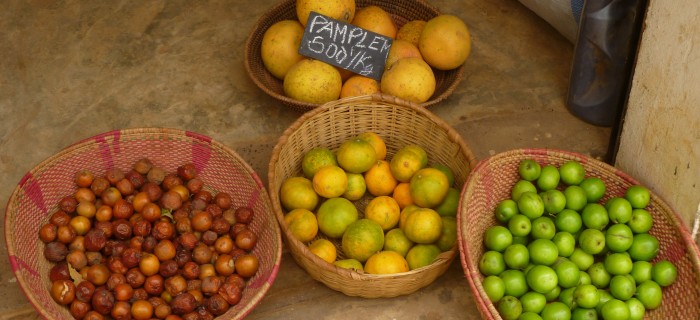Why the Lugar-Casey Global Food Security Act will Fail to Curb Hunger
April 2009, Policy Brief No. 18
Introduction
A new bill before the U.S. Senate stands to completely overhaul the way the U.S. offers agricultural development and food aid to the developing world. This bill, the Lugar-Casey Global Food Security Act, aims to reform aid programs to include a stronger focus on long-term agricultural development and the restructuring of aid agencies to better respond to crises. While this renewed focus is commendable, the Lugar-Casey bill also mandates funding for genetically modified crop research as a major underpinning of its food security strategy. Just as food aid expands markets for U.S. grain even as it destroys markets and farm livelihoods abroad, the agricultural development aid in the Lugar-Casey Global Food Security Act will open markets in Africa and elsewhere to the U.S. biotechnology industry. This is likely to result in a windfall for northern seed and chemical companies, but will increase risk and dependency among small farmers across the developing world.
Just as food aid expands markets for U.S. grain even as it destroys markets and farm livelihoods abroad, the agricultural development aid in the Lugar-Casey Act will open markets in Africa to the U.S. biotechnology industry.
This bill is not an isolated piece of legislation, but a coordinated roll-out of the “new Green Revolution,”—a project that includes the Gates Foundation’s multi-billion dollar Alliance for a Green Revolution in Africa (AGRA), and a move by the biotechnology industry from basic commodity crops into other sectors of the global food system. In fact, the legislation is based on a report funded by the Gates Foundation. Initiated by the Chicago Council on Global Affairs in fall of 2008 and drafted before the new year, the hastily prepared report “Renewing American Leadership in the Fight Against Global Hunger and Poverty” has been severely criticized for its narrow technological focus. In contrast, a recent four-year study conducted by the World Bank and the FAO, in consultation with more than 400 scientists, reached the opposite conclusions; it called for agro-ecological approaches, participatory breeding, local control of seeds, and improving small farmers’ access to land.
The technology-centered focus of the Gates Foundation and the Chicago Council dominates the Global Food Security Act. Lugar-Casey’s renewed focus on agricultural development and hunger is necessary now more than ever, but depending on genetic modification for possible production gains risks repeating the same failings of the first Green Revolution—as well as introducing new risks. As it stands, Lugar-Casey will do much for American agribusiness interests, but may actually do more harm than good for small farmers.
The new food security paradigm
Stay in the loop with Food First!
Get our independent analysis, research, and other publications you care about to your inbox for free!
Sign up today!The Lugar-Casey Global Food Security Act is essentially a compromise proposal that reflects a renewed commitment to agricultural development and food security. With language welcomed by aid and farm groups, the bill includes a provision that allows food aid to be locally purchased—at least in part. The bill also funds emergency relief, agricultural development and nutrition programs (up to $2.5 billion a year by 2014), higher education programs in the developing world, and increases funding for agricultural research at U.S. universities. The bill will consolidate an emergency relief fund and create a “food czar” charged with U.S. food security projects in the developing world.
Lugar-Casey also has a strong focus on technological development, from funding for USAID research partnerships to earmarks for the Consultative Group for International Agricultural Research, the umbrella group for the research centers that developed the first Green Revolution’s hybrid seeds. The bill also repeatedly calls on “public-private partnerships” and private sector participation in rural development.


 Help Food First to continue growing an informed, transformative, and flourishing food movement.
Help Food First to continue growing an informed, transformative, and flourishing food movement.




